I recently bought a new motherboard/CPU/RAM for my main PC, the original motherboard had gone faulty, but as is usually the case, changing the motherboard requires a new CPU & RAM as the old memory isn’t compatable with the new board & the same with the CPU. My previous hardware consisted of a I3 4130 CPU an ASRock Z87 pro3 motherboard & 8GB of RAM all bought in 2013.
I’ve always bought Intel but this time after a little research I settled on AMD this time as at the moment you seem to get more bang-per-buck with them. I ended up with a Gigabyte X570 board, 16GB RAM & a Ryzen 3200G CPU.
I reused everything else in the PC, even though I could really use a new case, my GTX680 is far too big for it & the case needed to be “operated on” to allow it to fit.
When building I’d recommend attaching a speaker to the motherboard to assist in troubleshooting. If you haven’t got one, you can buy them for pennies on ebay.
After a new install of Windows 10, the OS was showing the full 16GB, but reporting that 8GB was system reserved. I tracked this down to a BIOS setting. The XMP high frequency support was set to off, I changed that to profile 2 & on reboot the full 16GB was available to Windows.
I also had an issue running a VM of Windows 98 in VMWare workstation which ran without problem on the old board/CPU. This was fixed by booting the VM in safe mode and disabling 32 bit protected mode disk drivers.
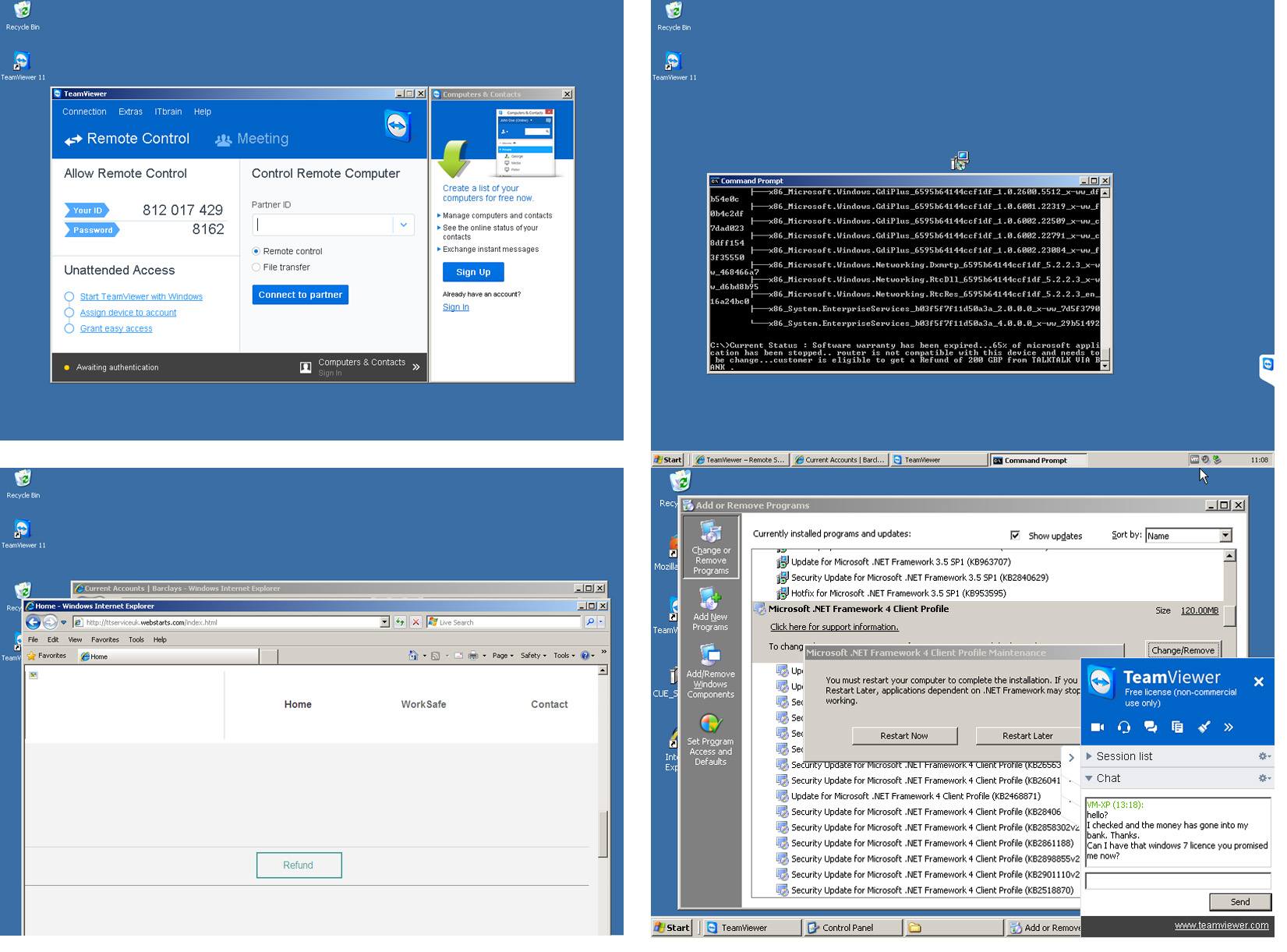 unfiltered TalkTalk landlane that rang daily with scam calls from Microsoft or TalkTalk.
unfiltered TalkTalk landlane that rang daily with scam calls from Microsoft or TalkTalk.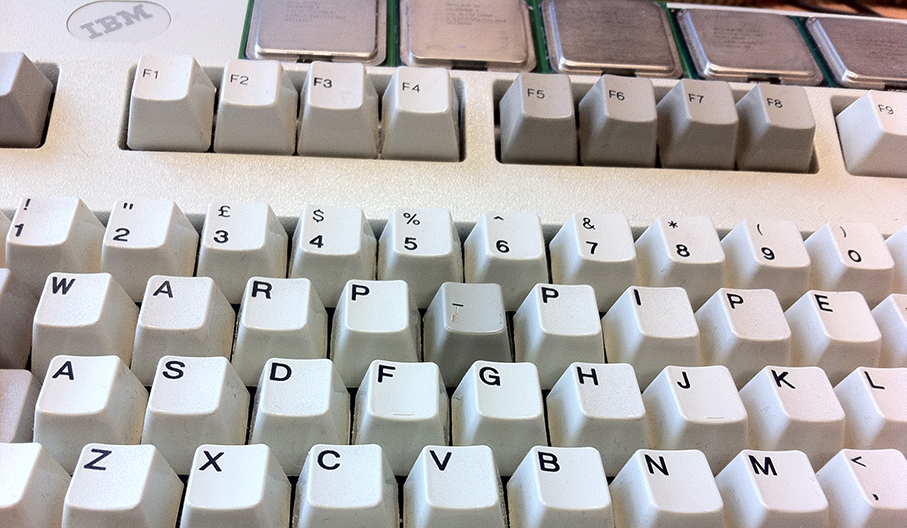 over a decade, unfortunately due to the fact it was originally connected to a minicomputer it has an RJ45 connector & A different keyboard protocol so changing the plug & connecting it to a PC will result in Windows not understanding a word the keyboard is saying.
over a decade, unfortunately due to the fact it was originally connected to a minicomputer it has an RJ45 connector & A different keyboard protocol so changing the plug & connecting it to a PC will result in Windows not understanding a word the keyboard is saying. 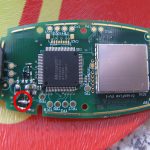 thought looked like a triffid) finally broke in transit. It was the third time it moved with me & every time I unpacked it the stalk had snapped, previously it could be repaired with a bit of superglue but not this time.
thought looked like a triffid) finally broke in transit. It was the third time it moved with me & every time I unpacked it the stalk had snapped, previously it could be repaired with a bit of superglue but not this time.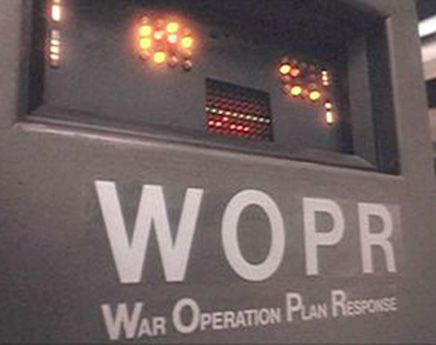 always had a soft spot for the game Nuclear War by New World Computing. It was a pretty simple single player only strategy game with a sense of humour.
always had a soft spot for the game Nuclear War by New World Computing. It was a pretty simple single player only strategy game with a sense of humour. smART sketcher. In the box was 30 step by step masterpiece drawing activities, 20 paper frames, 1 reusable magnetic frame and a cartridge. This was odd as we don’t own and have never owned a smART sketcher.
smART sketcher. In the box was 30 step by step masterpiece drawing activities, 20 paper frames, 1 reusable magnetic frame and a cartridge. This was odd as we don’t own and have never owned a smART sketcher. 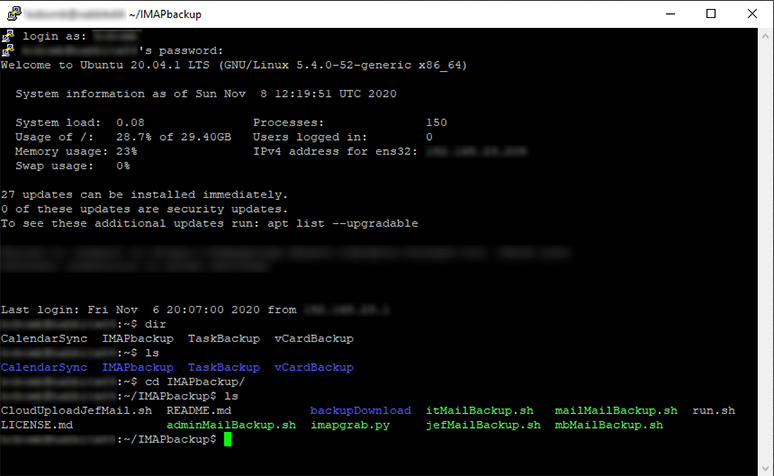
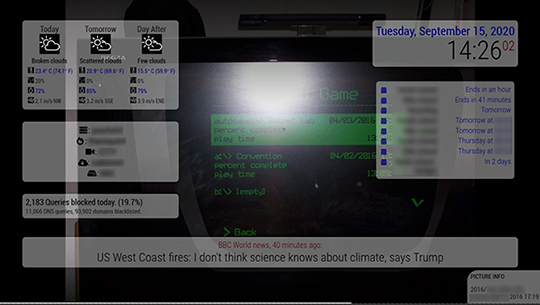 mes from something I read when I was researching this topic & it’s my favourite new name for our smart digital photoframe.
mes from something I read when I was researching this topic & it’s my favourite new name for our smart digital photoframe.
 ain PC, there’s a central location for game installs & my PC is at the end of the day, the better machine. We use both an Xbox 360 controller & an Xbox one controller when we’re sat on the sofa.
ain PC, there’s a central location for game installs & my PC is at the end of the day, the better machine. We use both an Xbox 360 controller & an Xbox one controller when we’re sat on the sofa.